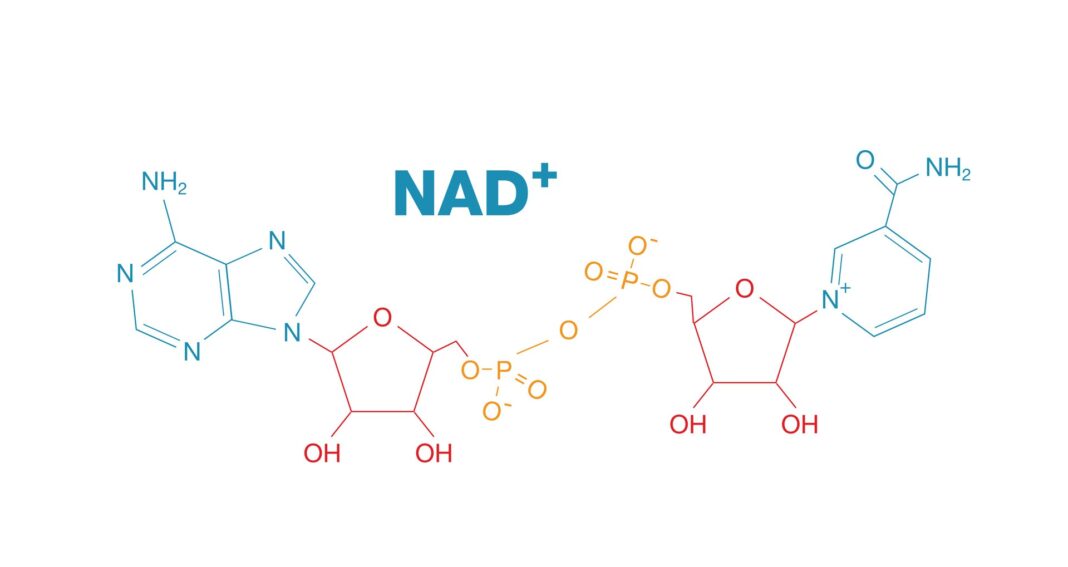One essential mechanism by which cells turn nutrition into energy is cellular respiration. This intricate metabolic system is centered around a substance known as nicotinamide adenine dinucleotide. This molecule is an essential component because it facilitates the transport of electrons.
To understand how cells make energy, one must grasp the role that NAD+ plays in this process. The purpose of this blog article is to demystify the function of NAD+ in cellular respiration, making an intricate subject interesting and approachable for all readers.
Introduction to Cellular Respiration and NAD+
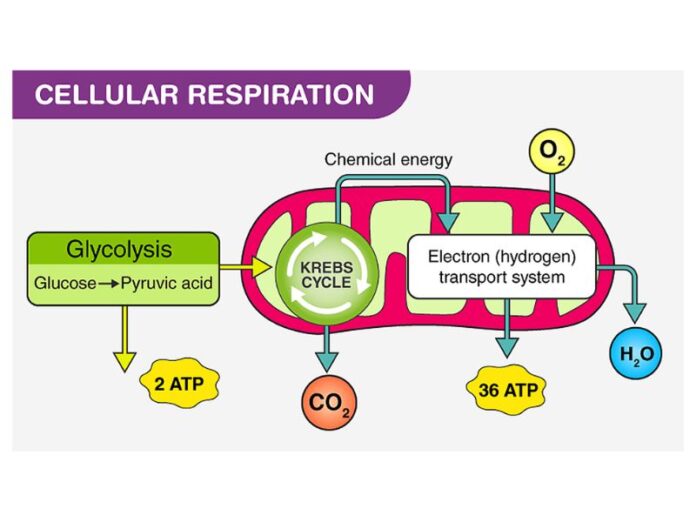
The process by which cells convert glucose and other molecules into ATP—the main unit of account for energy in a cell—is known as cellular respiration. A significant electron transporter, nicotinamide adenine dinucleotide, is essential to this activity.
While NAD+ is crucial for cellular respiration, its role extends beyond just energy production. This molecule is also vital in various cellular processes, including DNA repair, signaling, and aging. An interesting development in this area is the introduction of products like Life NAD, which aim to harness the benefits to support cellular health and longevity.
NAD+ accepts electrons during glycolysis and the Krebs cycle. This process is crucial because it helps to maintain the flow of electrons throughout the entire process. Without it, the transfer of electrons and the production of ATP would stall, highlighting its indispensable role.
Glycolysis and NAD+
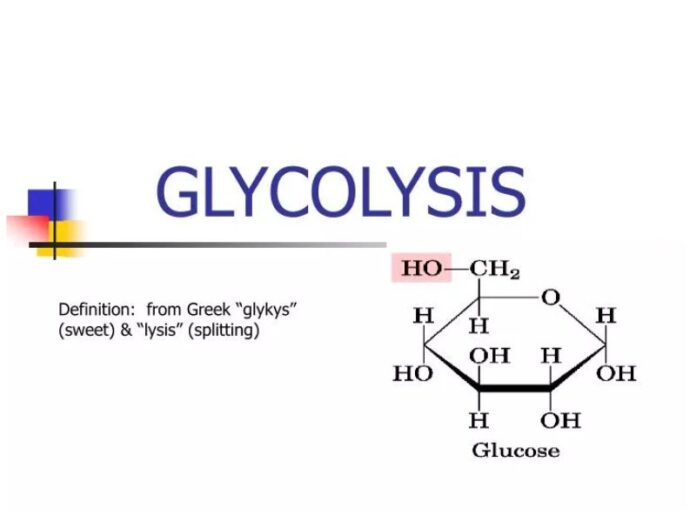
Glycolysis is the first step, occurring in the cytoplasm. It breaks glucose into two molecules of pyruvate, producing a small amount of ATP and NADH in the process.
In glycolysis, NAD+ collects electrons by converting to NADH. This action is essential for continuing the glycolytic pathway, as it regenerates these molecules, allowing the process to continue. Without this electron transfer, glycolysis would halt, preventing the cell from producing energy.
The regeneration is crucial for maintaining the cell’s energy balance. By accepting electrons, NAD+ ensures that glycolysis proceeds efficiently, facilitating the continuous production of ATP. This highlights the importance of nicotinamide adenine dinucleotide not only in glycolysis but in the overall process.
The Krebs Cycle
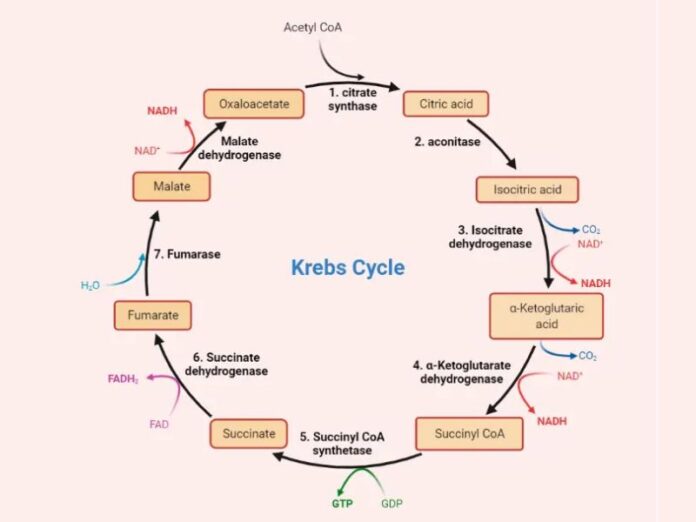
The Krebs cycle, also known as the citric acid cycle, is the second stage. It occurs in the mitochondria and further processes pyruvate, producing NADH, ATP, and another electron carrier, FADH2.
In the Krebs cycle, it accepts more electrons, converting into NADH in several steps. This process is crucial for the cycle to continue, as it provides the necessary electron carriers for the electron transport chain. The conversion of NAD+ to NADH in this stage underscores its critical role in energy metabolism.
The role of NAD+ in the Krebs cycle significantly impacts the cell’s energy yield. By facilitating the transfer of electrons and the production of NADH, NAD+ ensures that the cell can generate a high amount of ATP in the subsequent stages. This makes it indispensable for the cell’s energy production processes.
Electron Transport Chain
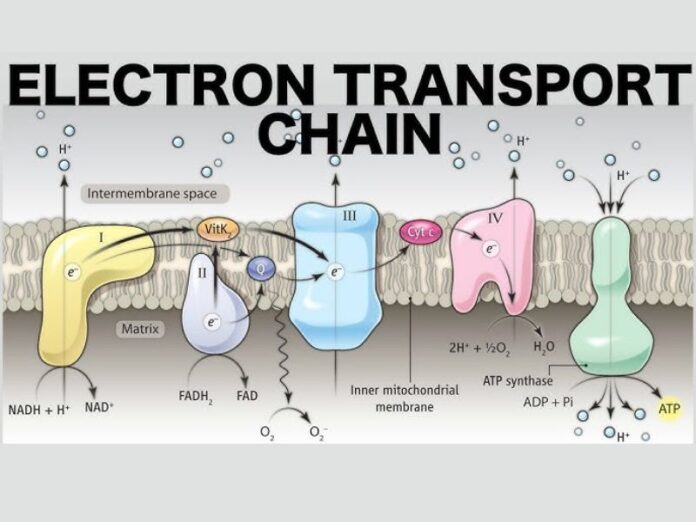
The electron transport chain is the final stage. It occurs in the inner mitochondrial membrane and uses the electrons carried by NADH and FADH2 to produce a large amount of ATP.
NADH, the reduced form of nicotinamide adenine dinucleotide, donates electrons to the electron transport chain. This donation is crucial for generating a proton gradient across the mitochondrial membrane, which ultimately drives the production of ATP. The role of NADH in this process highlights the importance of NAD+ in cellular energy production.
The electron transport chain is the most ATP-productive part. NADH plays a vital role in maximizing energy production by providing a steady supply of electrons. This process underscores the efficiency and the critical role it plays from the beginning to the end of this process.
Beyond Cellular Respiration
While NAD+ is crucial, its role extends beyond just energy production. This molecule is also vital in various cellular processes, including DNA repair, signaling, and aging.
An important part of DNA repair pathways is played by NAD+. It serves as a substrate for the enzymes poly (ADP-ribose) polymerases (PARPs) and sirtuins, which are important in the upkeep and repair of DNA. Preventing mutations and preserving genomic stability depend on this function.
Research has shown that NAD+ levels decrease with age, leading to a decline in mitochondrial function and increased oxidative stress. Supplementing NAD+ has been studied as a way to potentially slow down aging processes and improve metabolic health, highlighting its importance beyond it.
Metabolism
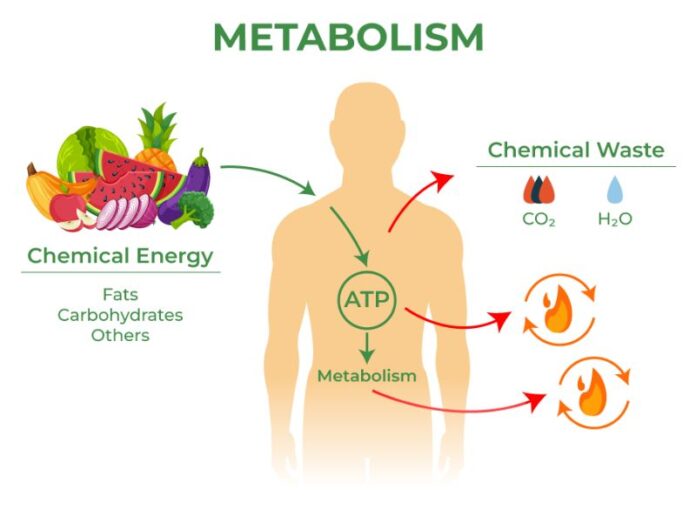
In addition to being essential for cellular respiration, NAD+ is also essential for metabolism in general, impacting the body’s nutrition production and breakdown.
The oxidation of fatty acids, which breaks down lipids to provide energy, depends on NAD+. This function is especially crucial when fasting or consuming minimal amounts of carbohydrates occur, since the body uses fat as a fuel source more extensively.
Numerous metabolic pathways’ activity can be influenced by NAD+ levels. For instance, elevated NAD+ levels can decrease fat-storing pathways and increase those engaged in energy synthesis. For the preservation of health and metabolic balance, this modulation is essential.
Supplementation and Health

Given its central role in metabolism and cellular health, this supplementation has garnered interest as a potential therapeutic strategy for various health issues, including aging, metabolic disorders, and neurodegenerative diseases.
Studies suggest that NAD+ supplementation can improve mitochondrial function, increase energy levels, and reduce oxidative stress. These effects could potentially translate into improved health outcomes, such as enhanced longevity and reduced risk of chronic diseases.
While supplementation shows promise, research is ongoing to fully understand its effects on human health. Factors such as the optimal dosage, long-term safety, and effectiveness in different populations are critical considerations for future studies.
Conclusion
In conclusion, NAD+ is indispensable in cellular respiration, facilitating the transfer of electrons that drive the production of ATP. From glycolysis to the electron transport chain, NAD+ and its reduced form, NADH, play pivotal roles in ensuring that cells have the energy necessary for survival.
Understanding the role of NAD+ in cellular respiration not only highlights the complexity of cellular processes but also the incredible efficiency.
